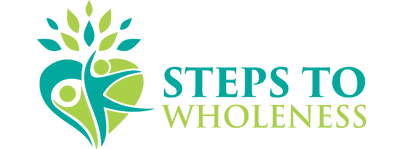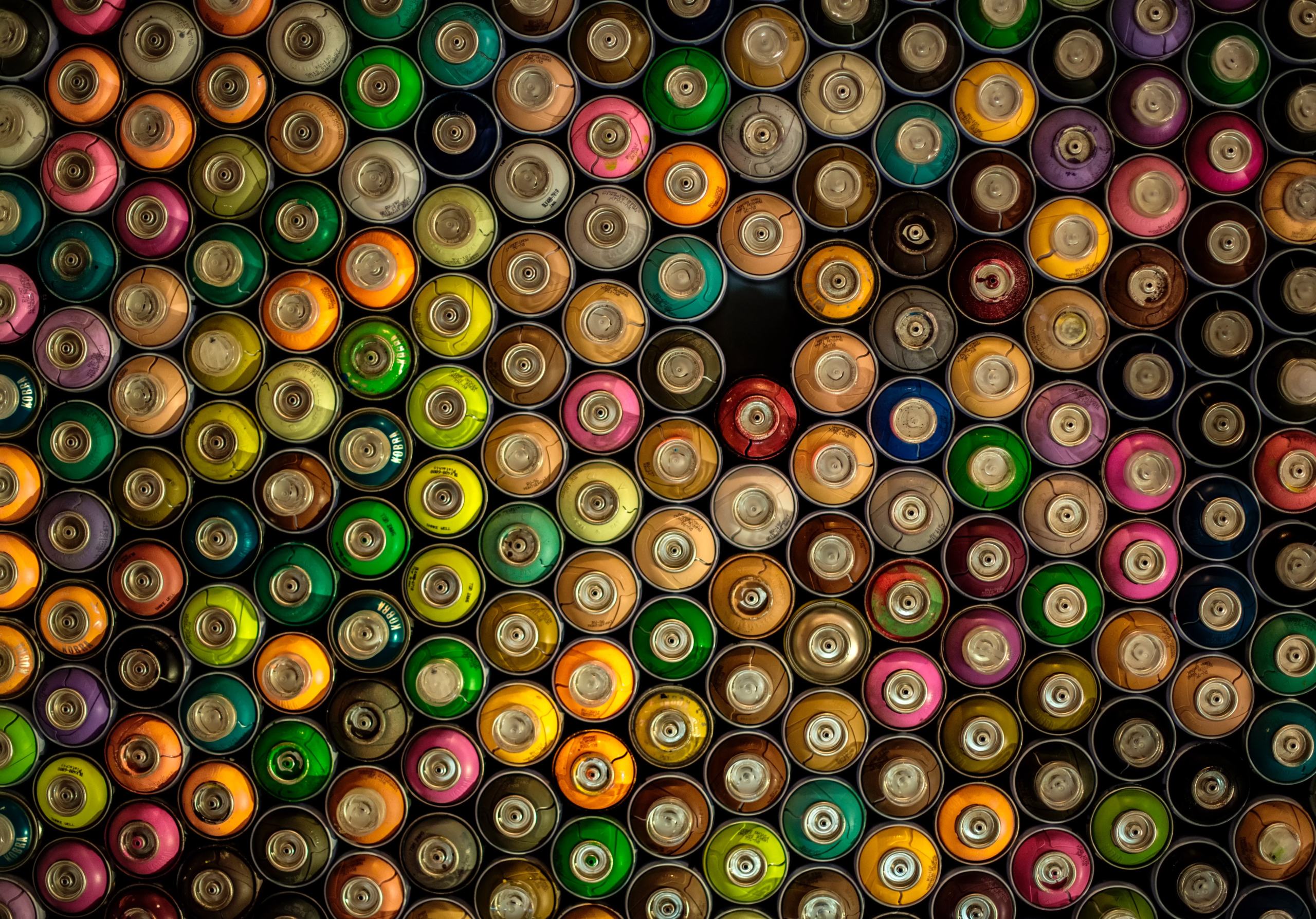16 Toxins You Must Avoid
You are probably already aware of all the dangerous chemicals in our environment, toxins that surround us and expose us to carcinogens and other endocrine disrupting exposures that mess up our hormones. If you don’t know about them, this information will help you become aware of how to protect yourself and your family from dangerous chemicals that are found in the air we breathe, artificial preservatives and additives in our food, toiletries, fragrances, cosmetic products, pesticides, prescription drugs, alcohol, indoor and outdoor pollution, cigarette smoke, soft drinks, thermal printed receipts, plastics, personal hygiene products, cleaning products, and the water we drink.
As a professional in the field of health for more than a decade, I am passionate about teaching and also implementing everything I learn in my life. I not only recommend this lifestyle to my clients to improve their health, but I also do everything to keep my environment in my own home chemical free, and I take steps to protect all my detoxifying organs.
Statistics
One major adverse effect of toxin exposure is cancer. According to Cancer.org, the risk of a man developing cancer is almost 40 percent, and woman’s risk is close to 38 percent. That’s 1 in 3 people will develop cancer in their lifetime, and 1 in 5 will die from that cancer.
Cancer is not the only potential outcome of exposure to environmental toxins. Every day, toxins disrupt our endocrine system and contribute to issues of infertility, migraines, and excess weight gain, just to name a few.
16 Toxins to Avoid
- BHA Butylated Hydroxyanisole and BHT Butylated Hydroxytoluene
- BPA (Bisphenol A)
- BPS (Bisphenol S)
- Chlorine
- Formaldehyde
- Fragrance (parfum, perfume)
- Oxybenzone
- Parabens (methylparaben)
- Phthalates, sometimes labeled as a suffix such as dimethyl phthalate
- Perchloroethylene
- Propylene Glycol
- Radon gas
- Recombinant Bovine Growth Hormone rBGH/rBST
- Sodium Hydroxide
- Sodium Laurel Sulfate
- Triclosan
Tips that Help
There are many, many chemicals out there, and the names can be hard to remember. I suggest to write these names on a small credit card size paper and keep it in your wallet as a reminder when you are out shopping.
While it may be difficult to avoid toxins in the air we breathe, thankfully, you have options when it comes to products you purchase. Read labels on everything, and find a chemical-free alternative whenever possible. When it comes to cleaning, opt for a more natural approach by going back to the basics of using ingredients such as baking soda and vinegar to disinfect and scrub.
Let’s break down how each of these 16 toxins impact our lives.
- BHA Butylated Hydroxyanisole and BHT Butylated Hydroxytoluene are common processed food preservatives that are carcinogens. They are also thought to disrupt hormones and impact male fertility. Avoid these by checking ingredients on the label.
- BPA (Bisphenol A) is found in plastics and the lining of metal cans. Be aware that many plastics are now labeled as BPA free but contain BPF or BPS which have the same outcome. This is a problem since it produces an xenoestrogenic effect in the female and male reproductive systems. Eating just one canned food product a day can have a significantly negative impact on your body and overall health. Avoid plastics and canned goods whenever possible by cooking with fresh ingredients or to opt for a tetra pack, glass or ceramic container.
- BPS (Bisphenol S) is found in thermal receipt paper and poses a similar health risk as BPA. Avoiding BPS is challenging since exposure to it is all around us. Limit your risk by refusing receipts or asking for it to be emailed to you instead. If you work as a cashier, you may want to wear gloves.
- Chlorine is found in dish detergent and the public water supply. The problem is that it is connected to low thyroid function, endometriosis, endocrine disorders, and low sperm count. It is also the main cause of child poisoning. Avoid chlorine by using chlorine-free detergent for the laundry and for better tasting water, use a filter that uses granular activated carbon, carbon block filtration, or membrane filtration of reverse osmosis.
- Formaldehyde is found in air fresheners, nail polish, disinfectants, new carpeting, and hair gloss products. The problem is that it is a carcinogen, causes eye and skin irritation, and can cause menstrual disorders. Avoid formaldehyde exposure from air fresheners by using an essential oil diffuser, vacuum with a filter, and open a window to air out the house. For beauty products, Argan oil makes a great conditioner for shiny hair.
- Fragrance (parfum, perfume) is a major problem to avoid in that many labels simply say “fragrance” which could actually contain hundreds of chemicals. Fragrances are found in cosmetics, hair care products, perfume, cleaning substances, air fresheners, and even in scented trash bags and menstrual pads. The main issue is that it has an xenoestrogenic effect. Limit fragrance exposure by using essential oils instead. To freshen and clean your home, baking soda and vinegar does a good job. Or, wait for a nice day and open up the windows to air things out.
- Oxybenzone is the active ingredient in many sunscreens. When used on the skin, it accumulates in fatty tissues and is linked to allergies, hormone disruption, cellular damage, and low birth weight of babies of pregnant women who are exposed. Wear hats, and stay in the shade or opt for natural ingredient sunscreen products.
- Parabens (methylparaben) are found in many food items, cosmetic products and pharmaceuticals. The main problem with parabens is its xenoestrogenic effect. Limit exposure by choosing mineral-based make-up products that do not contain binding agents.
- Phthalates are a hormone disruptor, xenoestrogenic synthetic estrogen mimicker and contribute to breast cancer rates. They are found in nail polish, lacquers, and plastics that are marked with a #7 as well as some medications. Unfortunately, many water bottles also contain phthalates. Limit exposure by stopping the use of nail polish or choosing those that contain less chemicals and using glass for food storage, avoiding any kind of plastics that bottle, store or cook food.
- Perchloroethylene is found in conventional carpet cleaners, shoe polish, paint remover, dry cleaning chemicals and adhesives. The problem is that it is a volatile organic compound VOC and causes acute respiratory illness, unconsciousness, or even death. Long-term exposure can affect developing fetus and have an effect on the lungs, kidney or respiratory system. Avoid exposure by cleaning with natural products whenever possible. If you cannot avoid exposure, wear gloves and use a HEPA air mask. Never use when pregnant.
- Propylene Glycol is found in lotions and cosmetics. Limit exposure by opting for coconut oil or other natural oils to use as a moisturizer. For a fragrance, add your favorite essential oil.
- Radon gas is a radioactive gas generated through the breakdown of granite found in some homes, in the basement or through use of granite counter tops. It causes lung cancer in non-smokers. The U.S. Environmental Protection Agency EPA recommends testing all homes. Obtain a radon test kit from the National Safety Council in your state.
- Recombinant Bovine Growth Hormone rBGH/rBST is found in cow’s milk since it is given to cows to increase milk production. RGBH produces elevated levels of insulin-like growth factor-1 IGF-1 in dairy products. IGF-1 is a signifiant factor in breast, prostate and colon cancers. Always choose organic or rBGH-free dairy products.
- Sodium Hydroxide is found in conventional oven cleaners. The problem is that it reacts violently with water and can cause severe skin and eye damage. Inhaling it can damage your throat and lungs. Avoid exposure by using self-cleaning features on the oven or baking soda and a lot of scrubbing strength.
- Sodium Laurel Sulfate is found in shampoo, cleansers, and toothpaste. Look for products that are labeled as SLS free.
- Triclosan is found in some anti-bacterial washes, soaps, and hand sanitizers. The problem is that it can depress estrogen and increase androgens. Avoid exposure by using water and soap that doesn’t contain Triclosan. Don’t be fooled into thinking you have to use anti-bacterial wash to get clean. If you feel the need, you can use natural anti-bacterial essential oils like tea tree or lemon.
Hormones that Affect or are Affected
Among other issues, endocrine-disrupting chemicals can result in low sex drive or in men, early periods in girls, and “man boobs” in boys. In women, these toxins can lead to:
- Weight gain
- Moodiness
- PMS
- Fibroids / endometriosis / heavy periods
- Cancers
- Acne
–
References:
Cancer risk – https://www.cancer.org/cancer/cancer-basics/lifetime-probability-of-developing-or-dying-from-cancer.html
Chemical Sensitivity – https://www.aaemonline.org/chemicalsensitivity.php
Pesticide residues, Br J Nutr, 2014 Sep 14 – https://www.ncbi.nlm.nih.gov/pubmed/24968103
Formaldehyde, Agency for Toxic Substances and Disease Registry, 2014, – https://www.atsdr.cdc.gov/toxfaqs/tf.asp?id=219&tid=39
Safe chlorine water – https://www.cdc.gov/safewater/chlorination-byproducts.html
FDA and Phthalates – https://www.fda.gov/Cosmetics/ProductsIngredients/Ingredients/ucm128250.htm
OSHA Cleaning hazards – https://www.osha.gov/SLTC/cleaningindustry/hazards_solutions.html#hazardous

